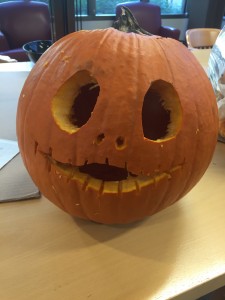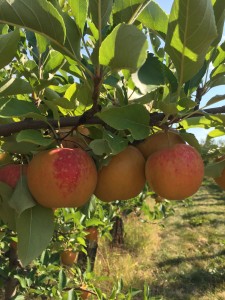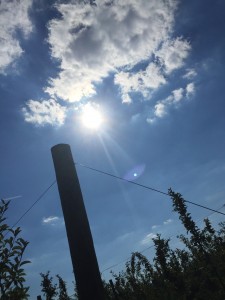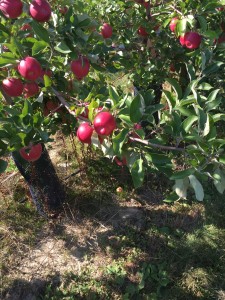On November 11th, the Becker-Rose Café hosted Professor Holly Case, who led a presentation and discussion about the Syrian refugee crisis. Over the past couple of months, I have taken notice about all of the news articles regarding the crisis. I remember reading many news articles about the deaths of many refugees as they attempted to flee Syria to other parts of Europe. Specifically, I remember reading the story of Aylan Kurdi, a three year old Syrian boy whose washed up body on the shore made headlines around the world. The young boy’s death demonstrated the seriousness of the Syrian refugee crisis. The graphic photo highlights how desperate people are to flee Syria and how parents are risking their lives as well as the lives of their families to flee. Over 300,000 people have fled Syria this past year, however the actual number is expected to be much higher than this.
I really enjoyed listening to Professor Case, and hearing her perspective after spending time in Hungary. She talked about the contrasting views Hungarians have. The propaganda goes as far as saying there is no crisis and soldiers wear masks and gloves when handing food to refugees. This can be dehumanizing in a way and has devastating effects on the psyche of refugees who are already struggling. The presentation however largely focused on the efforts of many Hungarians who are helping refugees. Professor Case had the opportunity to talk to some of these people and hear their stories. Listening to her talk about all of the people making great efforts to help strangers who are struggling is very heartwarming and sheds hope that one day the Syrian refugee crisis will no longer be a crisis and refugees will be able to seek asylum in other nations.




